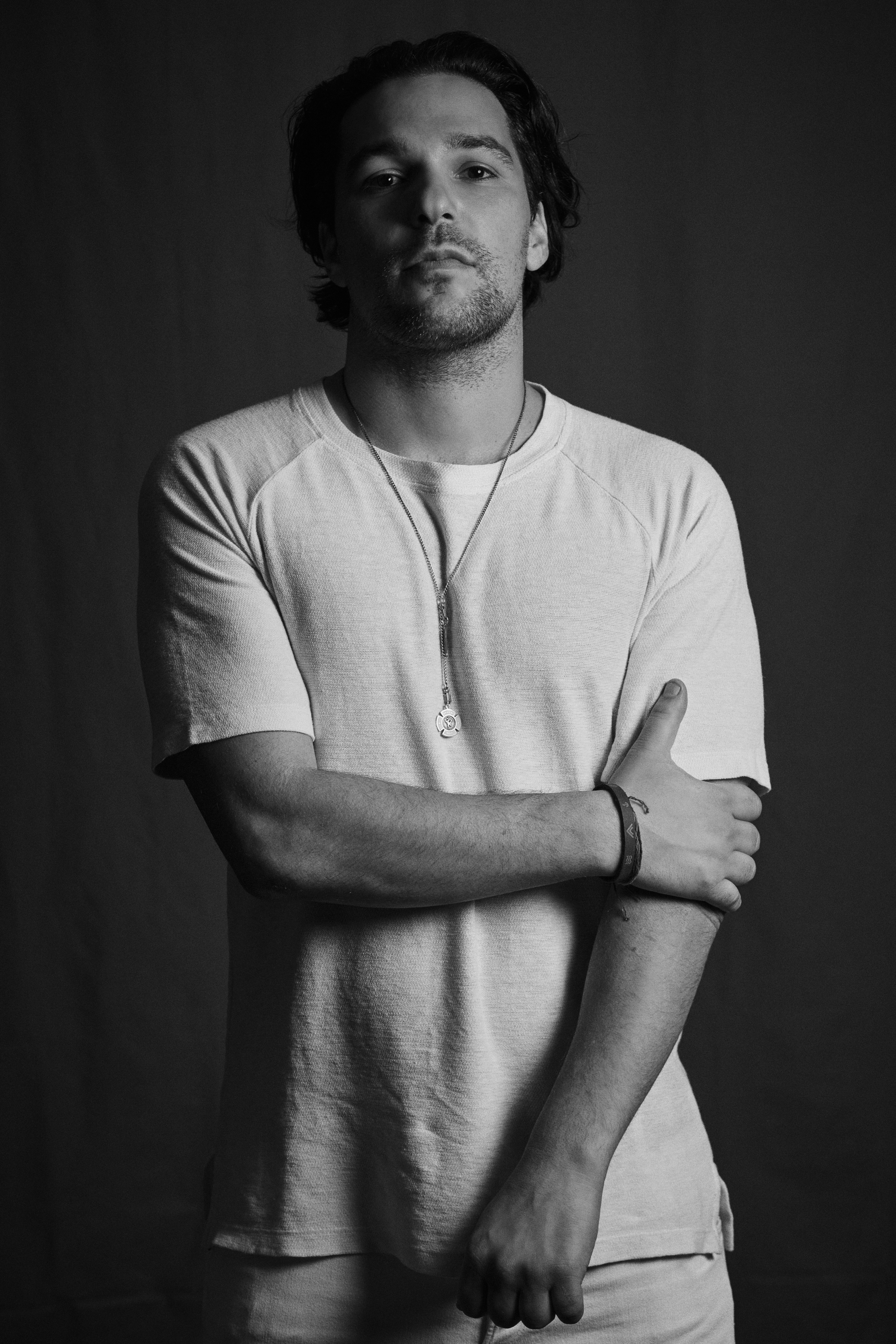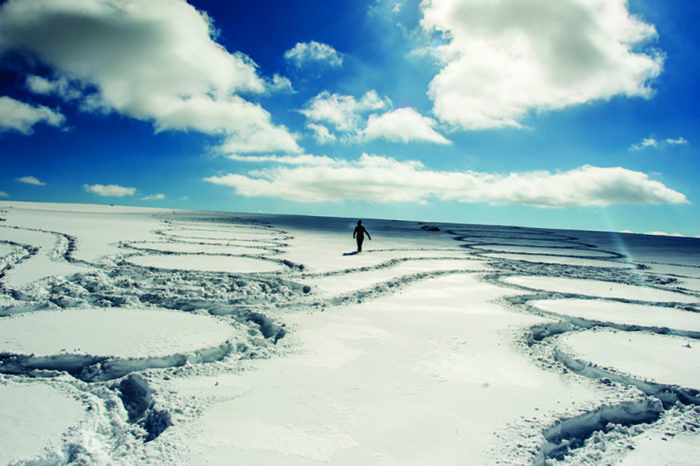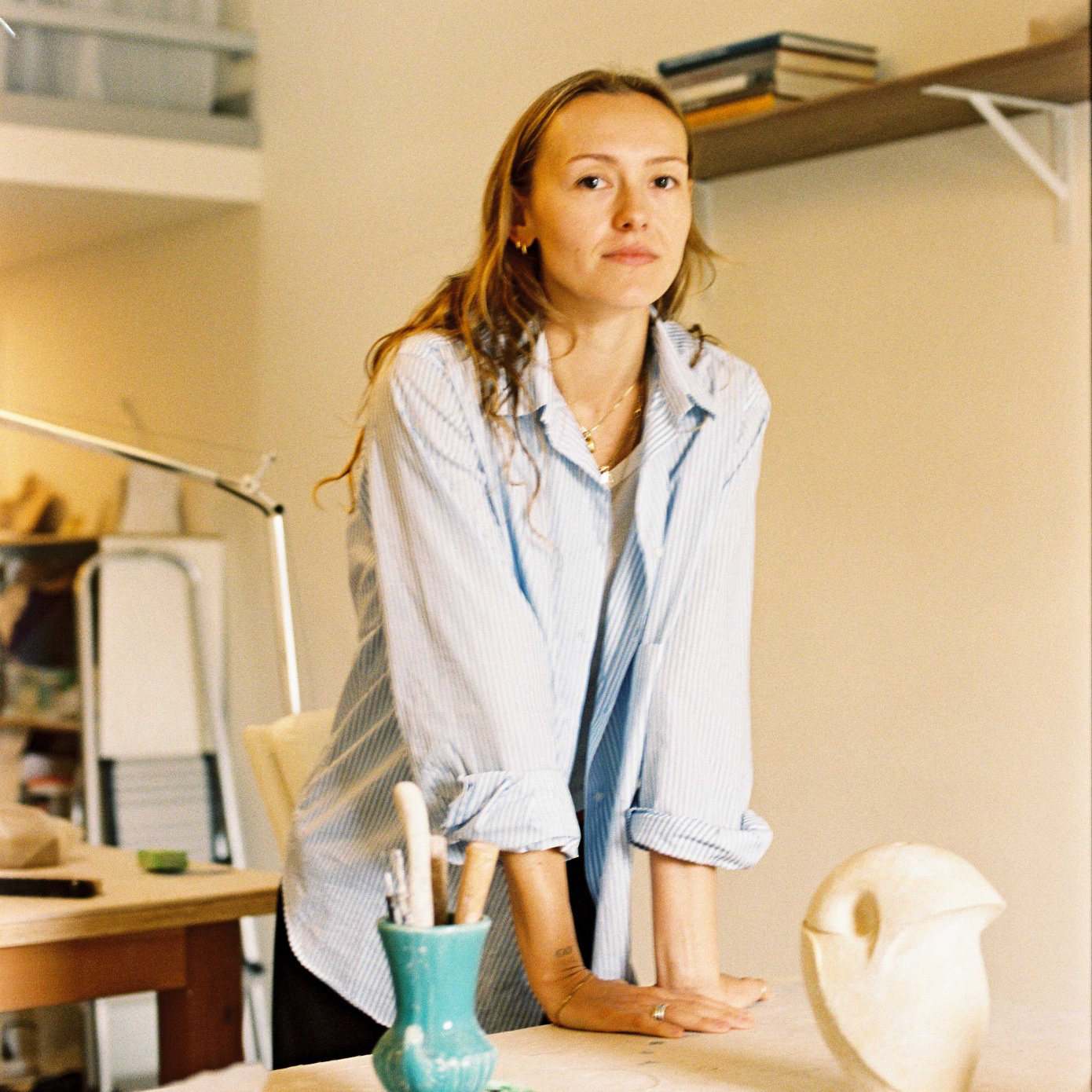
When Summit Series launched in 2008, its four young co-founders thought it would be a cool idea to convene and make friends with other millennials doing interesting things. Now, almost nine years later, Summit is a global, multifaceted company that continues to build a multigenerational community, catalyze entrepreneurship, support creativity and address global issues. It is putting down permanent roots on top of Powder Mountain in Eden, Utah. Jeff Rosenthal, co-founder of Summit, speaks with us about his aspirations—past, present, future.
Cathy Leff: What was the genesis of Summit?
Jeff Rosenthal: I met my co-founders, Brett Leve, Elliott Bisnow, and Jeremy Schwartz, in Washington, D.C., during our college years. We started Summit when we were 22 or 23 years old.
As a young entrepreneur or creative, you learn what not to do by screwing stuff up. We asked: How cool would it be to not repeat those mistakes by making friends and meeting people who were building interesting things? Our first event was eight and a half years ago in Park City, Utah, with just 19 people. The second, for 60 people, was six months later. The third gathering was held at The White House that same year. I can’t adequately articulate how impactful these first gatherings were for everyone who participated. Our different silos—technology, social entrepreneurship, art and creativity—hadn’t met generationally.
We realized personal relationships were most important. So, the criterion of Summit formed quite early. Gather people doing innovative work, regardless of their discipline, or just thoughtful, open-minded, kind people we’d want to spend time with, regardless of personal or professional success.
How has Summit evolved? Summit is gardening, not architecture. We recognized something special was happening. We stewarded that on behalf of the community we served over the years. We didn’t have a long-term vision of building a global community of thought leaders, nor our own mountain town, dedicated to open-mindedness, creativity and entrepreneurship.
Initially, we just wanted to connect and inspire our generation’s thought leaders. Then we realized the importance of having the most diverse community, one that was multigenerational and multidisciplinary. The more diverse the input, the more impactful the output. At first, we focused on gathering our own generation of entrepreneurs and innovators. Over time, we expanded our community. We’re in a remarkable time where more people hold more information about disparate things than ever before. You can learn from people not doing something in your space but doing things in a parallel endeavor. We’re interested in having long-term impact.
I once heard that you’re the average of the five people you spend the most time around. Gathering, being surrounded by and spending time with exceptional people challenged us to think bigger.
Are there any models that inspired your thinking about Summit? We have a lot of inspirations! TED, Davos, Art Basel, artists’ salons like those of Gertrude Stein and Katharine Graham. Gather people in a shared space for a cool experience, and amazing things happen. There’s a rich history of people like Tony Goldman and his collaborators on Wynwood Walls, and SoHo before that. For us, for Powder Mountain, Walter and Elizabeth Paepcke are our biggest inspirations. They transformed Aspen, turning an unknown mining town into an international ski resort. They brought in Bauhaus-trained Herbert Bayer to help build what is now the Aspen Institute. They hosted their first major gathering in what became the intellectualism of Aspen only a year after they arrived there. The Paepckes made Aspen a place of consequence in the global conversation.

What are Summit’s plans for Powder Mountain? We’re building a public town on top of a mountain—one of the only mountaintop ski villages in the United States. Everything is carefully considered. We’re building as little as possible to sustain the village. Our aesthetic is organic modernism—beautiful and inspiring architecture that is subservient to the land, expressing quality and meaning. In June, we broke ground on our first home sites and Main Street.
We’ll have a hostel as our first hotel development, 500 residences, with a village of comparable scale. Homes range from 350 to 4,000 square feet—most under 1,500 square feet. It’s financially attainable. We’re ending the arms race as to who can have the biggest house. We already run artist-in-residencies and scholarship programs. We already have a small town. It’s not expensive to be out here.
Powder Mountain is 10,000 acres, but we’re only developing 30 acres. We’re inspired by English countryside hamlets. The experience will be like living in a national park that is open to the public.
Powder Mountain will give us roots and permanence, and enables us to see the world shift through the things we are doing.
Sounds like art and culture play a big role in Summit. It’s so huge. Culture is the most important thing you have if you’re building a community. Summit is a social sculpture; it’s salon art. It’s the creation of experience, combining the narrative of the gathering, the people, the food—where it came from and the meaning of the meal—the music, the setting and the conversations.
We’re passionate about the idea of a museum without walls. We put a lot of resources into building integrated art experiences and places for expression. We try to do things artfully, looking at our body of work as a holistic piece.
Any ideas as to how cultural institutions can remain relevant to your generation? First and foremost is authenticity and engagement with people with whom you want to build decades-long relationships. If you’re transactional, you stop growth before you even begin. Take risks. Be creative as a creative institution. Learn in public. Don’t keep it real—keep it surreal.
So, rumor has it Miami is on your minds. We held an event there, Summit Miami, in 2009. Miami has been the launching place since 2011 for Summit at Sea, our marquee global event. It’s the most international city in the United States and the connecting point to the Americas. It’s beautiful, temperate, easy to get to and has rich artistic and cultural underpinnings. We are looking at the possibilities of going even deeper and hoping to relocate our signature annual event to Miami in 2017.




